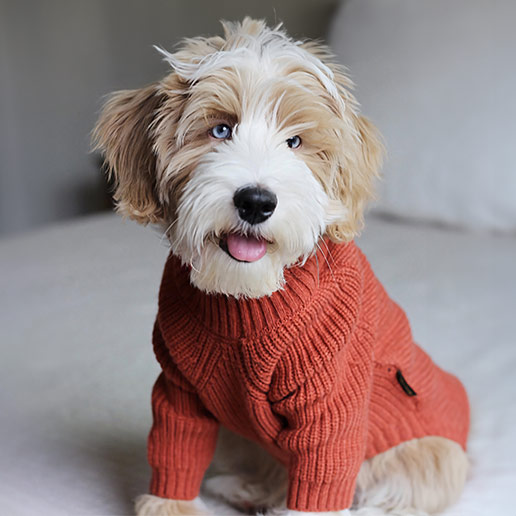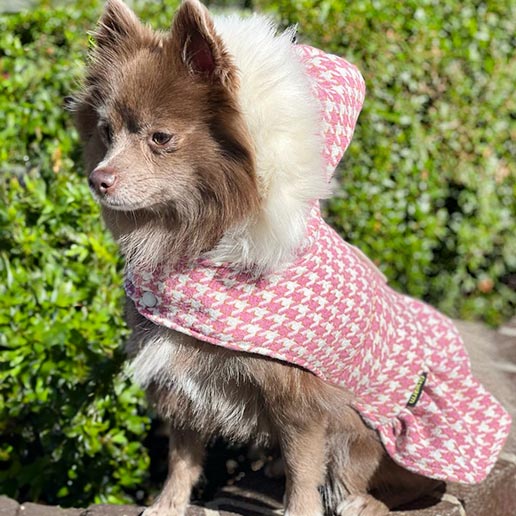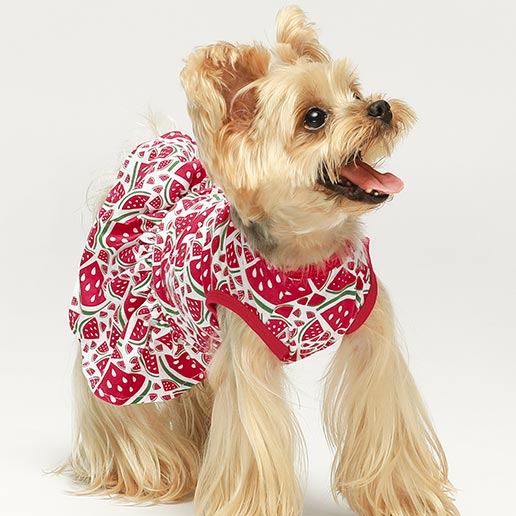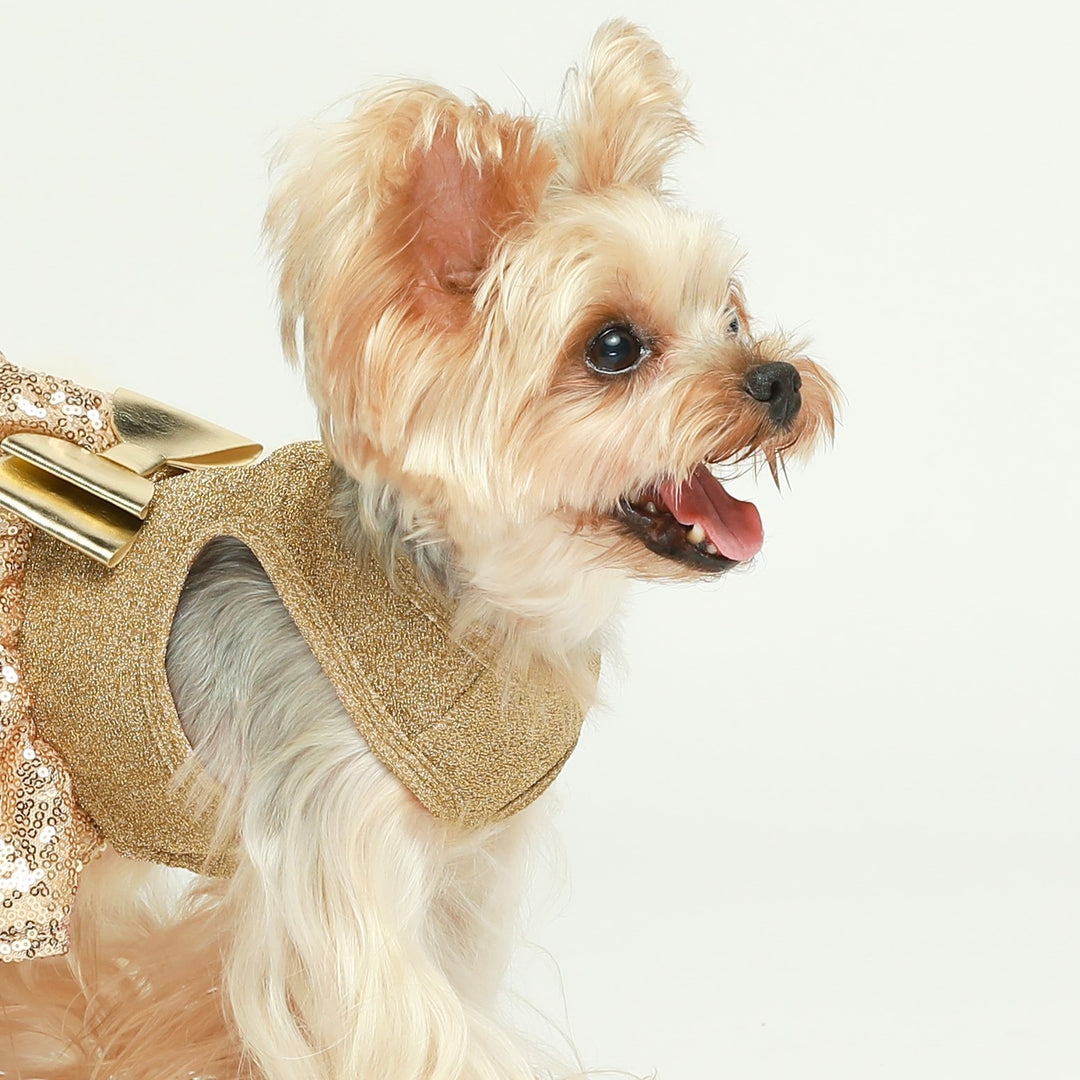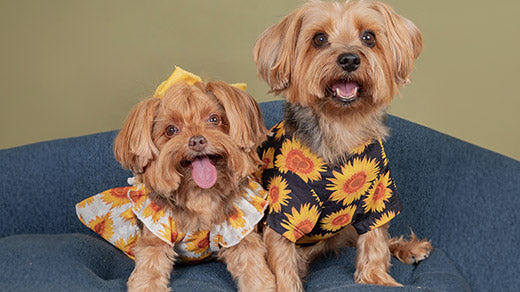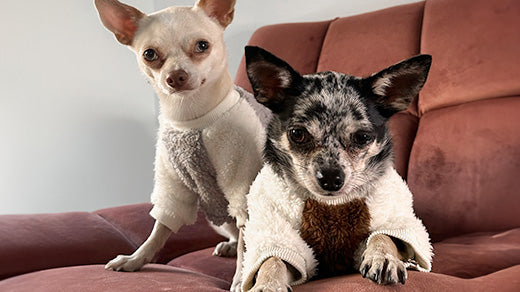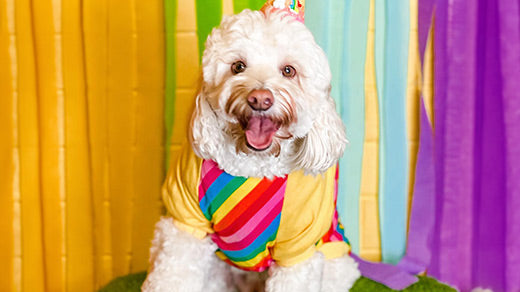Do Dogs See Color? Unveiling the Canine Color Spectrum
Have you ever wondered, "Do dogs see color?" This question has intrigued dog owners and scientists alike. In this blog, we'll explore the fascinating world of canine vision, uncovering what colors dogs can see and how this affects their daily lives.

Instagram: daffy_thedachshund
Dog Color Vision Unveiled
Contrary to popular belief, dogs are not completely color-blind. Their vision is akin to a human with red-green color blindness, primarily discerning shades of blue and yellow. This is due to their dichromatic vision, meaning they have two types of color receptors in their eyes. These receptors enable them to see blue and yellow hues, but red and green often appear as shades of gray.
For example, a red ball on green grass might be less distinct from a dog, blending into the background. This unique aspect of canine vision plays a crucial role in how they perceive and interact with their environment.
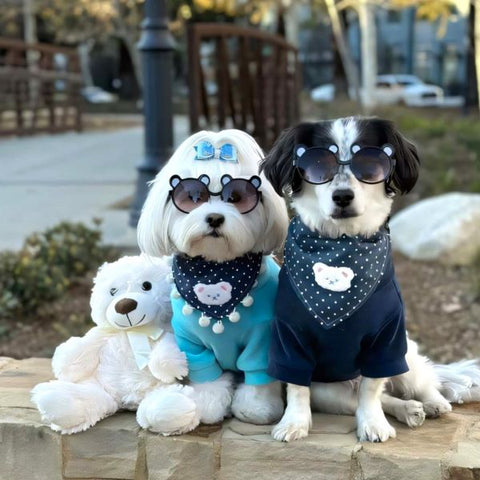
Instagram: momoskeedoo
The Science Behind Canine Color Vision
The science of canine color vision is rooted in their evolution. Dogs' ancestors needed to detect movement and shapes rather than a broad spectrum of colors.
This evolutionary trait explains why dogs excel in detecting motion and outline, even in low-light conditions.

Instagram: friendly.faith.the.morkie
Color Vision and Dog Behavior
Dogs' color perception affects their preferences. Opt for toys and training aids in blues and yellows, the colors they see best. This can make play and training more engaging and effective, enhancing your dog's overall experience.
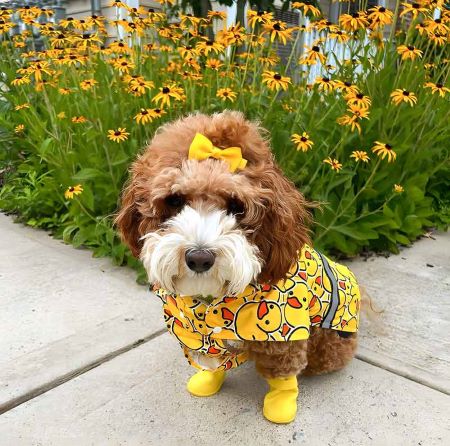
Instagram: nicetomeetchacha
How Dogs Perceive the World
Dogs rely more on brightness and motion than on color. Their keen sense of motion detection and preference for bright objects play a significant role in their behavior and daily activities.
When it comes to dog clothes, choosing garments in brighter, more vivid colors can catch your dog's attention and may even influence their mood and behavior positively.

Instagram: luccavornoandlevi
Choosing Dog Clothes in Dog-Friendly Colors
While dogs have limited color vision, selecting dog clothes in blue and yellow hues can be visually appealing to them.
Brightly colored outfits not only catch their eye but also enhance safety during walks. Remember, comfort and fit are key to your pet's happiness.
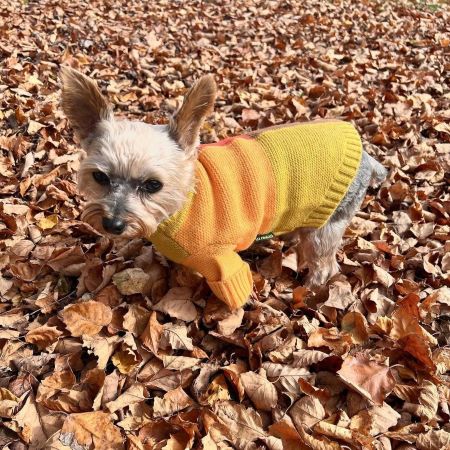
Instagram: gail_fowble
Practical Implications for Dog Owners
Knowing your dog's color vision can guide you in choosing suitable toys, training aids, and dog clothes. Choose blue or yellow items for appeal and visibility. This understanding can also improve training effectiveness and enjoyment.

Instagram: lili_cavapoo
In summary, recognizing that dogs primarily see blue and yellow reshapes our understanding of their world. This insight into canine color vision not only informs our choices in toys and clothing but also enriches our interactions with them.
Remaining aware of "Can dogs see color?" enables us to respect and adapt to their distinct outlook.



